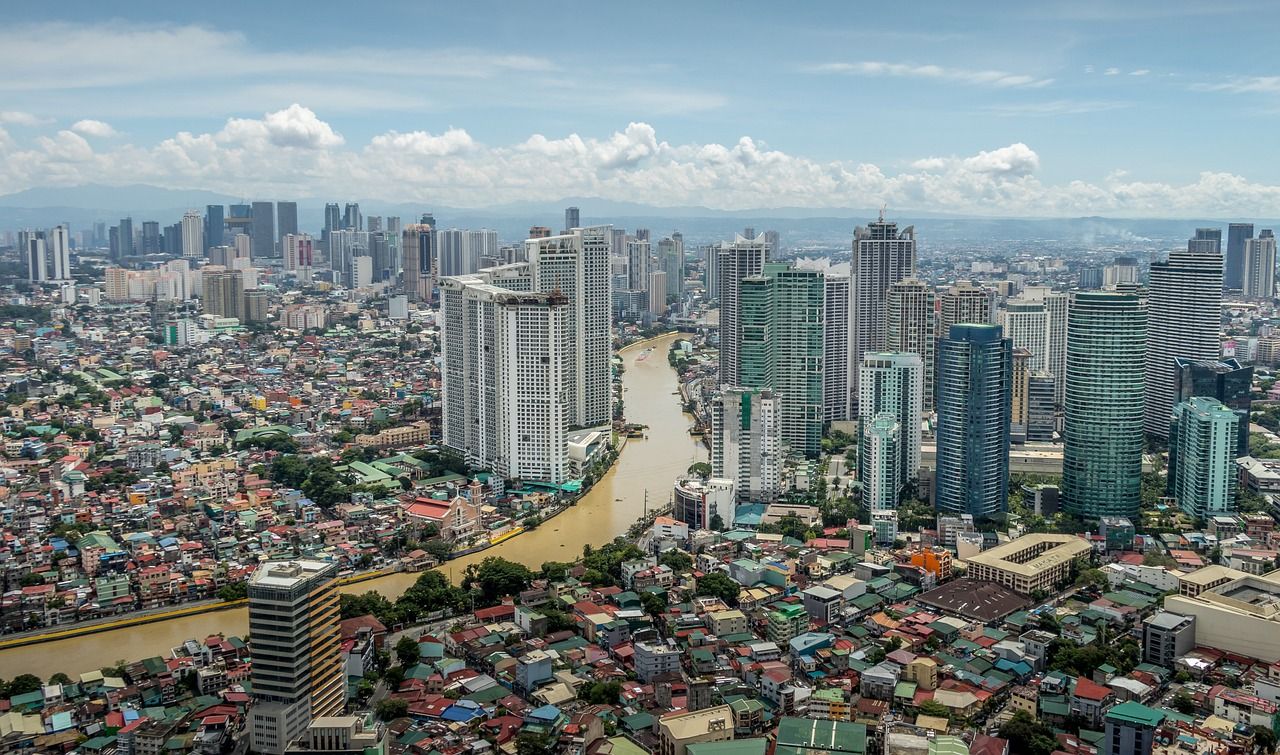PH and SEA property sectors' growing strength and broader vision
Development trends continue to attract attention and investments in the Philippines and Southeast Asian property sectors

Rather than just individual homes, the Philippine real estate industry has been delivering high-quality projects marked with strong leadership and innovation to meet the growing demand for residential communities that support quality living. In Southeast Asia, the Philippines is not just a key player but is fast becoming a destination for high-quality, sustainable investments. Several key trends and developments are shaping the Philippine property sector’s growth and reputation regionally and internationally, as observed by Dot Property Country Manager Tanya Peralta-Yu. She also noted the following development leads from industry counterparts in Southeast Asia:
Embracing luxury developments
Southeast Asia, particularly countries such as Thailand and Singapore, has seen an influx of luxury developments, including iconic residential towers, high-end condominiums, and villas that cater to the affluent market.
While the Philippine market is known for offering affordable housing, there is an opportunity to expand the luxury real estate sector. High-net-worth individuals (HNWIs) are looking for bespoke, world-class living spaces in key cities like Metro Manila, and developers can capitalize on this demand by offering luxury, iconic properties with high-end amenities, unique designs, and advanced technologies.
Designing for flexibility
Southeast Asia has seen a growing trend toward flexible workspaces and adaptable housing in response to the rise of remote work and the need for multi-purpose living areas. Developers in Thailand and Vietnam have already embraced this approach in their residential and office developments.
Philippine developers can learn from this flexibility by offering multi-functional spaces that can easily adapt to changing needs, especially in light of the post-pandemic shift toward hybrid working. This could include home offices in residential units or flexible commercial spaces that accommodate office work and retail functions.
Innovating design and architecture
Southeast Asian countries like Singapore, Thailand, and Vietnam have become known for innovative architectural designs that emphasize unique, sustainable, and community-focused buildings. From eco-friendly skyscrapers in Singapore to luxury beachfront villas in Thailand, the region’s design standards have become a benchmark for world-class developments.
Philippine developers can position themselves as industry leaders by focusing on innovative, aesthetically pleasing, and sustainable design. The Philippine market can benefit from pushing the envelope in terms of design, including unique building façades, innovative mixed-use concepts, and green building solutions that meet aesthetic and environmental standards.
Integrating smart technology
Southeast Asian developers have increasingly adopted smart technologies in their residential and commercial projects. Developments in cities like Singapore, Bangkok, and Ho Chi Minh City feature smart home systems, building automation, and energy-efficient solutions.
The Philippine market is starting to embrace smart home technology, but there's room for further integration of IoT solutions, automated building systems, and smart energy management. This will not only appeal to tech-savvy buyers but also enhance the energy efficiency and sustainability of developments.
Leaning into the luxury resort and leisure market
Thailand, Vietnam, and Indonesia have seen substantial growth in the luxury resort market, with developers focusing on creating high-end vacation homes and exclusive resorts. These developments cater to the luxury market and those seeking investment opportunities in vacation properties.
The Philippines has world-class beaches and tropical destinations that attract international buyers and tourists. By focusing on the luxury resort market, developers can tap into a booming tourism sector while offering luxury vacation homes and exclusive resorts that appeal to local and foreign investors.